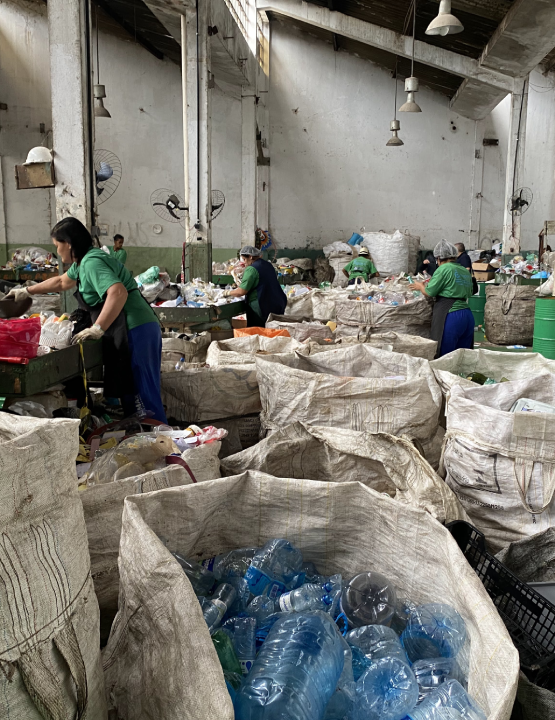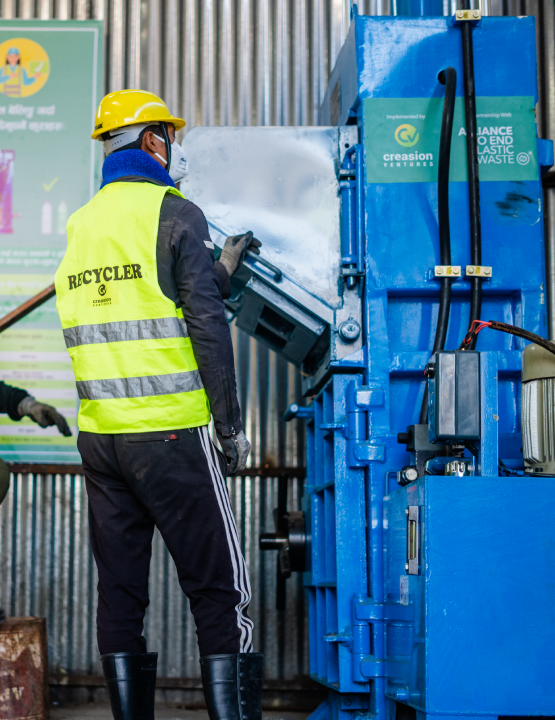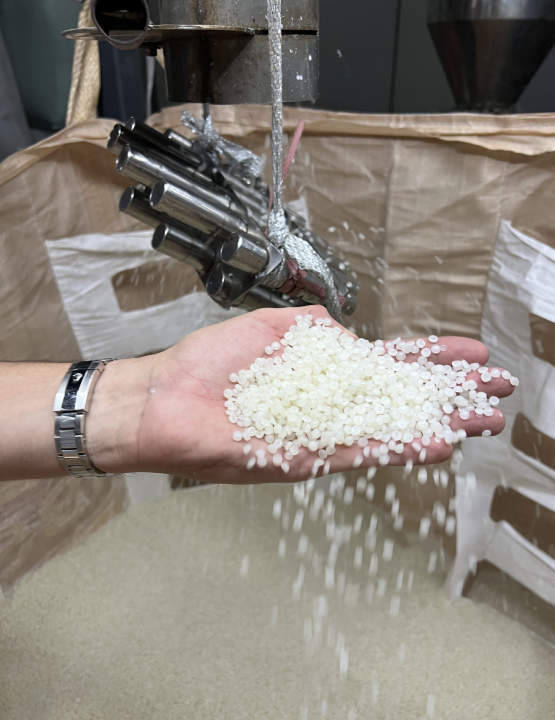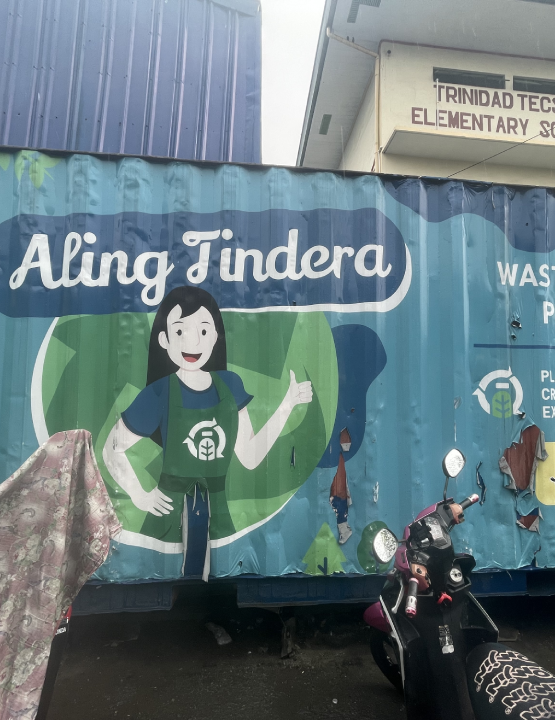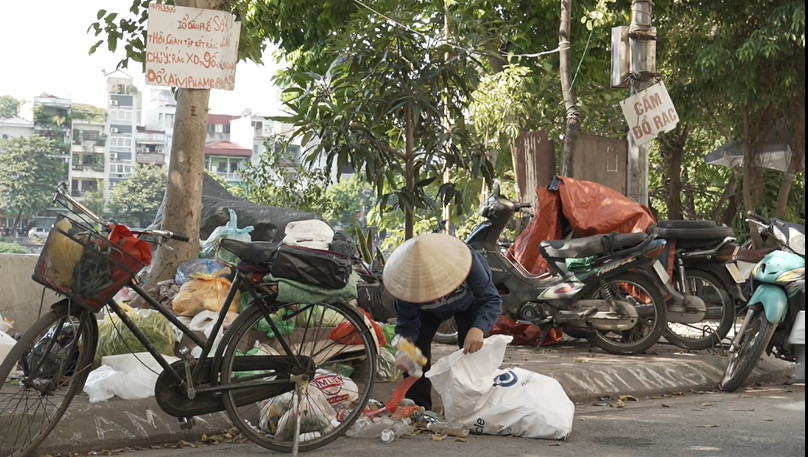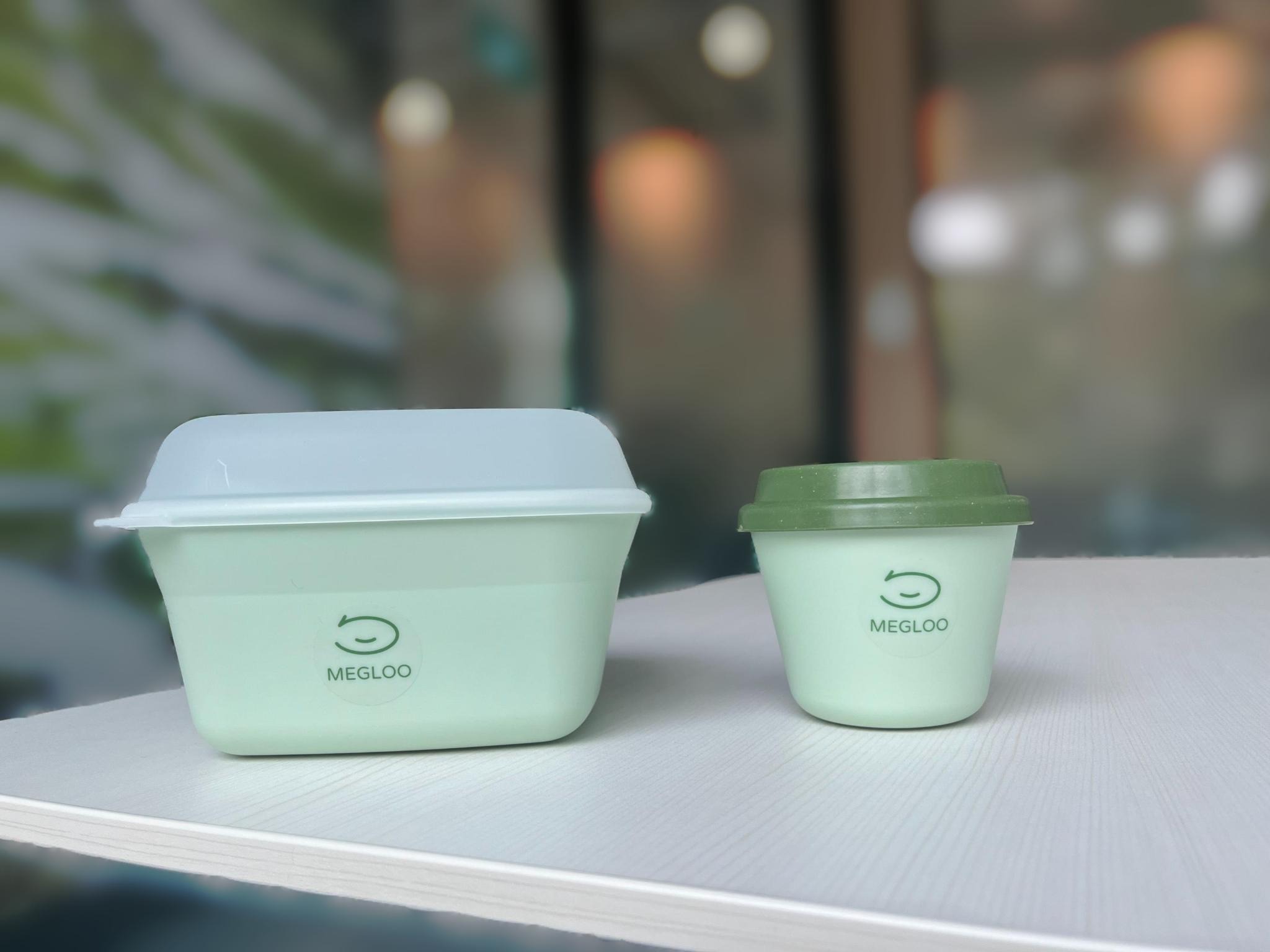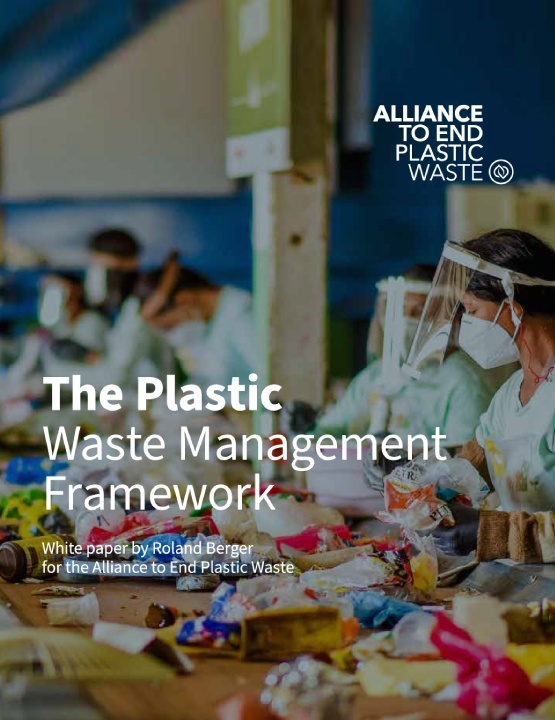There is much discussion on whether recycling will make a significant contribution in addressing waste plastic. We believe the answer is “very much so”. Circular plastics is an achievable goal, and recycling will be a big contributor to that.

Thoughts from the Alliance: Sorting out plastic waste solutions

There is much discussion on whether recycling will make a significant contribution in addressing waste plastic. We believe the answer is “very much so”.
Overview
There are many solutions
However, we have to advance along different fronts in parallel, and these efforts require coordination to accelerate progress. Consider the many solutions that are needed as a jigsaw puzzle; pieces that will be placed side-by-side to eventually create a complete picture—one of circularity and the lowest environmental impact. Completing this puzzle is our job in the Alliance.
The starting point however is a jumble of jigsaw pieces fresh out of the box; some we won’t need, and some that are still missing—new technologies and different business models that are still being developed, albeit at a remarkable pace. And we have only a hazy view of the end result, complicated by many stakeholders with very different views of how to go about tackling this puzzle, who should do what.
So where do we begin? Do we look firstly at circular business models—reduce, reuse, and recycle—which lessen the volume of the plastic waste to be dealt with? Do we start with collection and managed disposal, since this will stop the leakage into the environment? Or should we explore recycling, since it is the biggest lever that is immediately available to us?
All are relevant, and which is most important depends on individual perspective and statement of the problem. But let’s start somewhere, in the centre of the jigsaw. The step immediately before recycling—Sorting—in countries with an already mature waste collection system, to get a glimpse of the end state.
In such an environment, mechanisms such as source segregated collection; selective (informal) collection; deposit return schemes; brand-owner/retailer take-back mechanisms; PRO and reverse logistics schemes will all feature in this corner of the picture.
But still we will have a mixed waste stream to deal with. Perhaps mixed waste; perhaps dry recyclables including paper, cardboard, metal, glass; or perhaps just mixed plastic, ideally clean and dry. Recycling these—both chemical and mechanical—requires firstly Sorting (and cleaning), to ensure high purity and consistent feedstock.
The good news is that the technologies for the job already exist—or are in the process of final commercial scale-up—which allow for detailed sorting of objects, flakes, or granules. For example, looking at the higher end of the technology spectrum:
- Optical and near-infrared scanning to detect polymer type
- AI enabled object recognition
- Object recognition via digital water-marking (invisible bar codes or infrared markers)
- Chemical markers which fingerprint a plastic—making it traceable through its entire life cycle
Technology to the help
These technologies will be most effective when deployed on automated sorting lines; correctly sorting specific articles or types of plastic for recycling; rejecting contaminants; or dividing a mixed plastic waste stream into distinct fractions that can be in turn separated again and again.
The Alliance is looking to engage in the scale-up and deployment of such technologies, believing this is an important step in closing the gaps to circularity.
Successful deployment on scale will require many other changes to happen in parallel—economic interventions to support the necessary investment in infrastructure; regulatory controls to enable use of recycled plastic in food contact application; evolution in sorting and recycling facilities to deal with films and flexibles; changes in design of high functionality packaging such as oxygen and moisture barrier films to facilitate recycling; adaptation to low cost labour countries where manual sorting makes more sense; and development and expansion of the downstream recycling industry. These are various pieces of the jigsaw which we can discuss next. But mostly the pieces are there and ready to be assembled—we just need to align on how to make it happen.
So come join us in the discussion how to solve this jigsaw puzzle, step by step!

